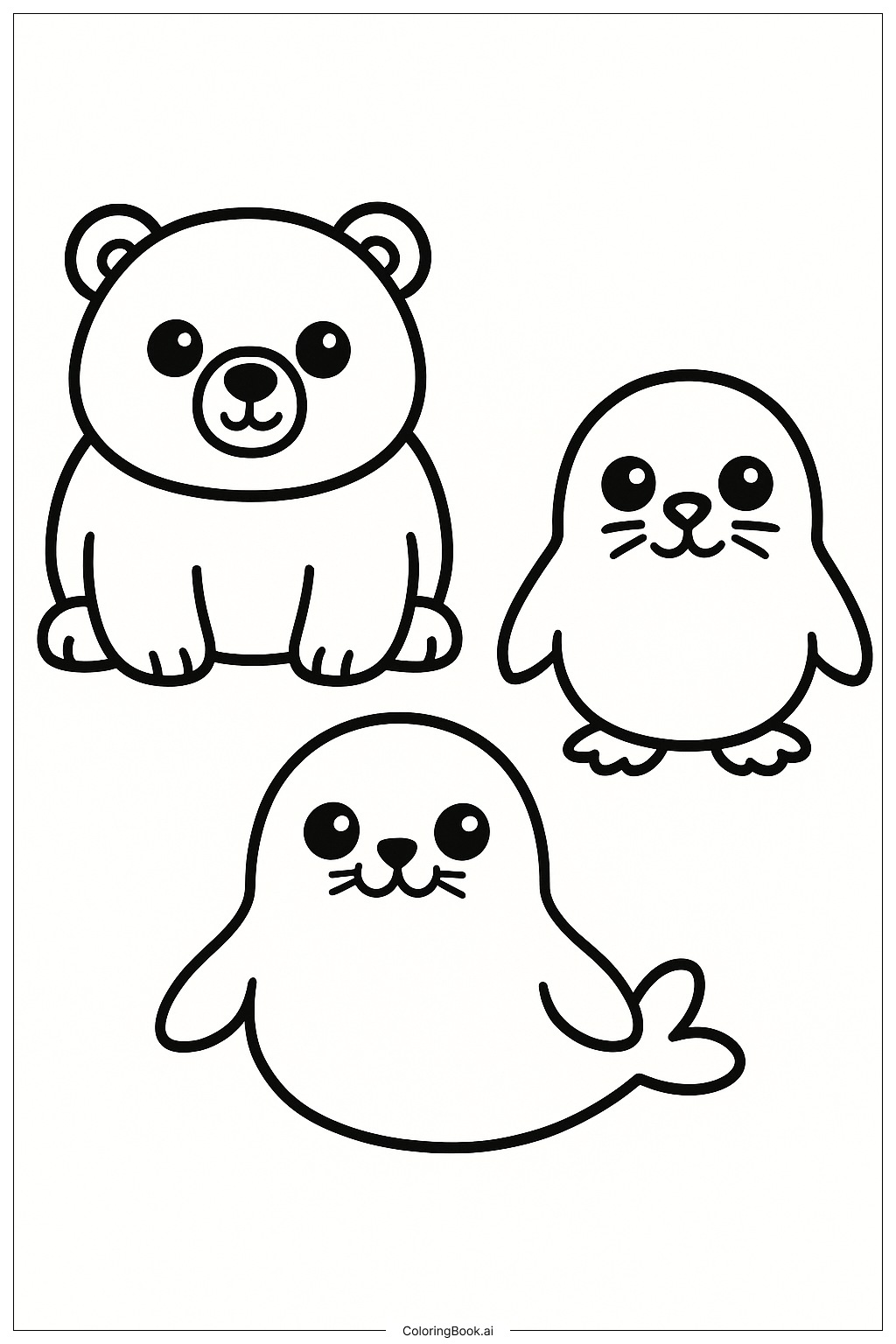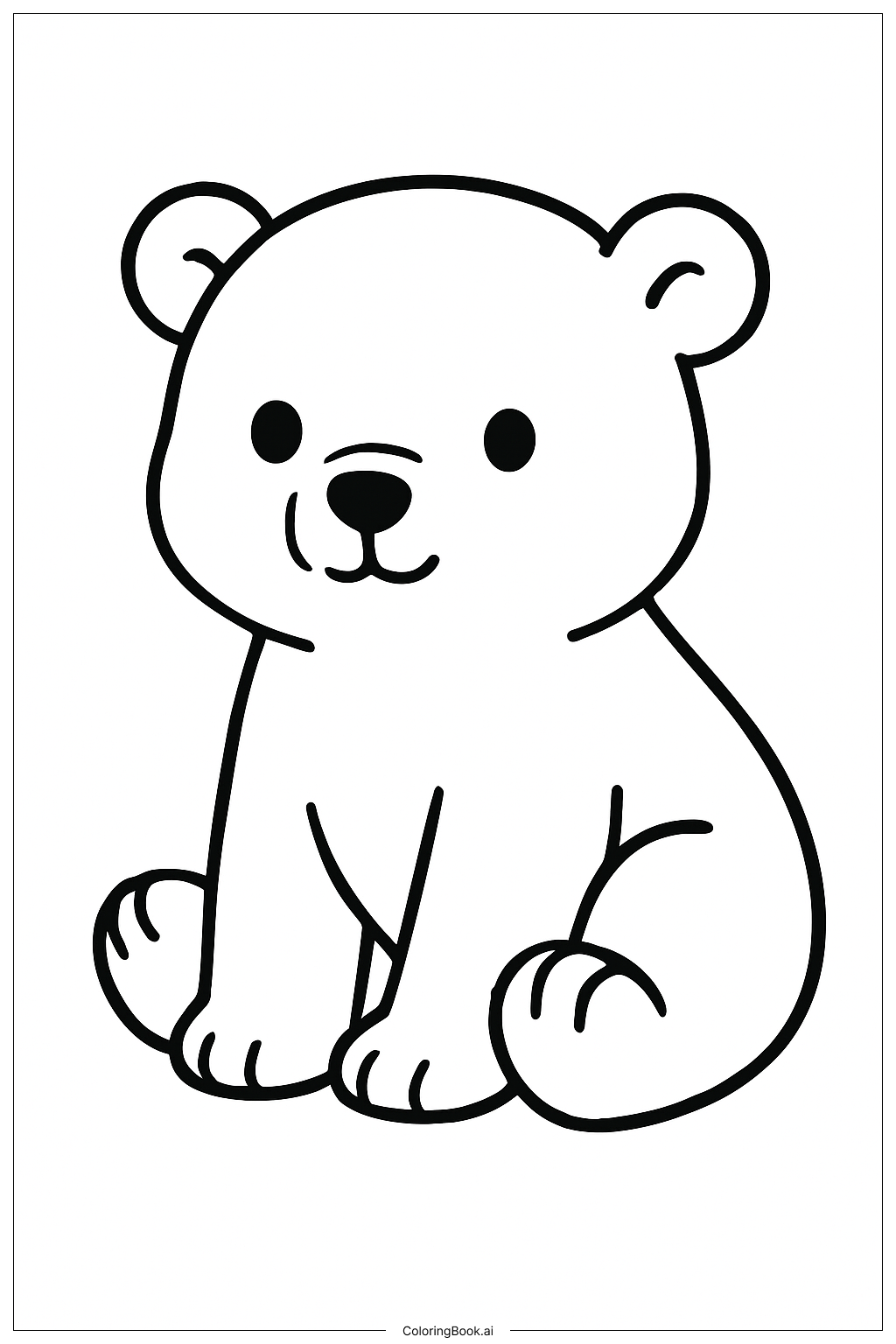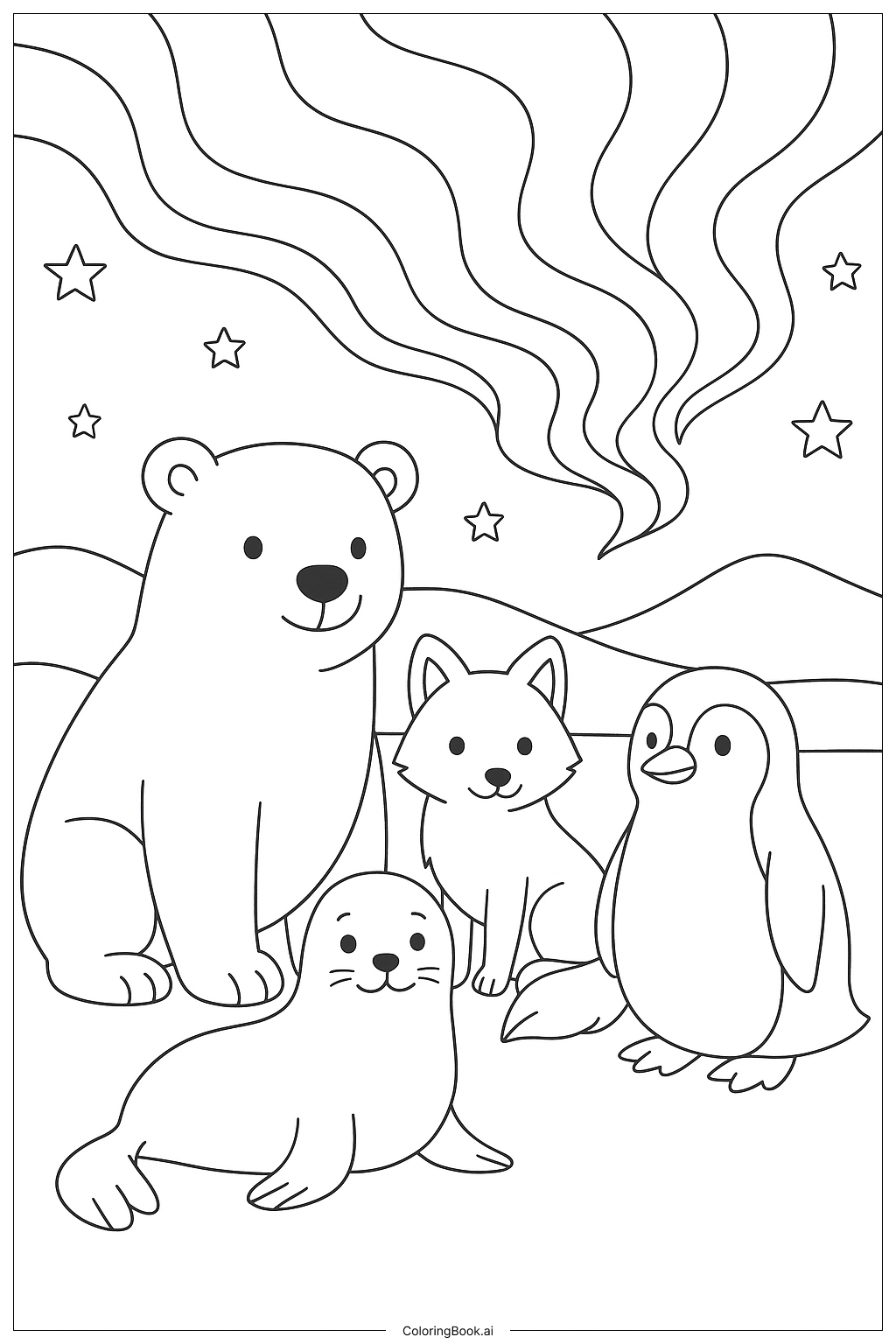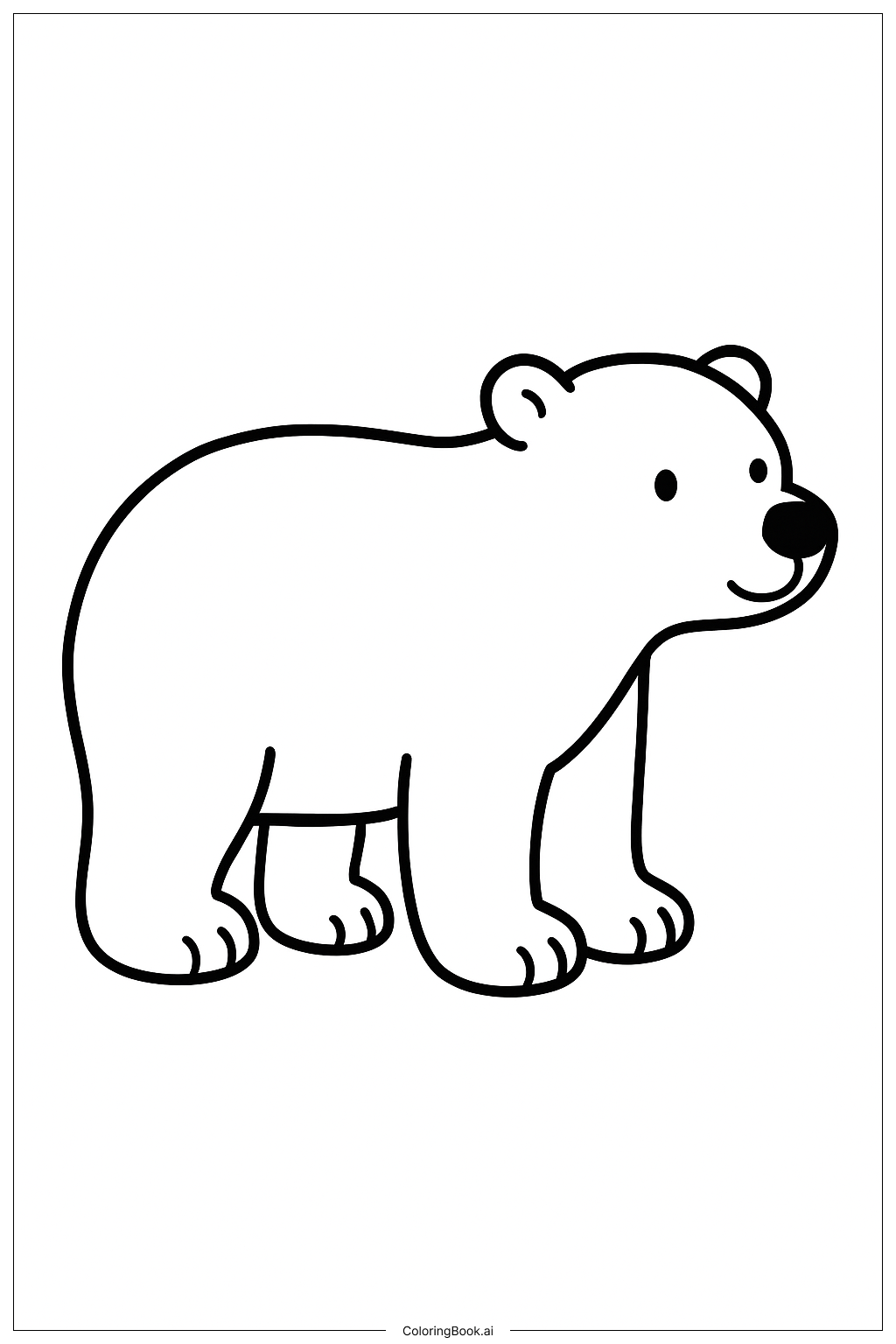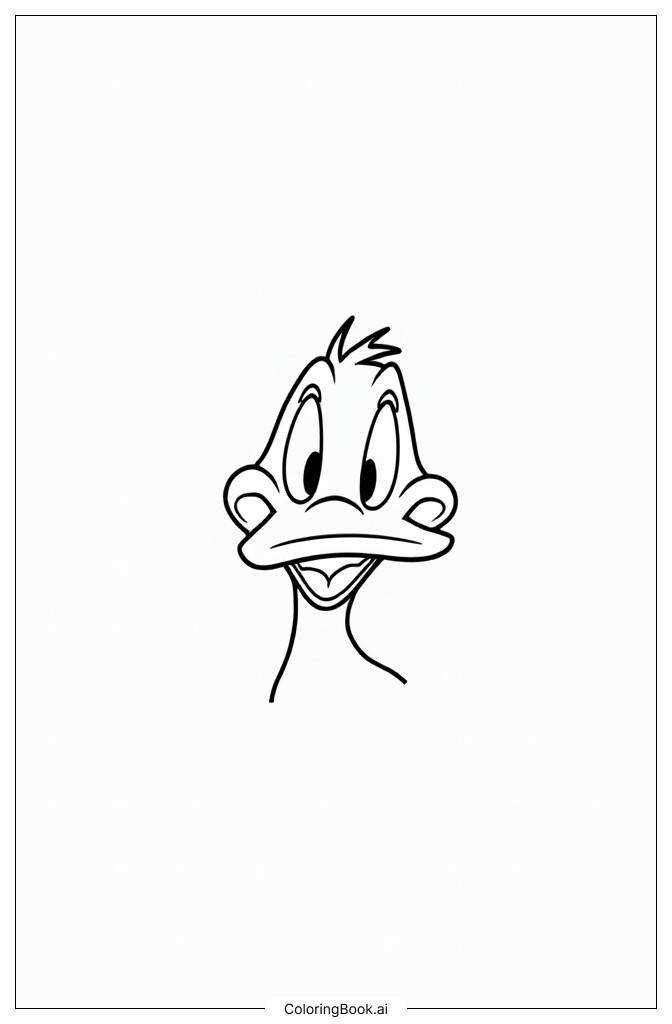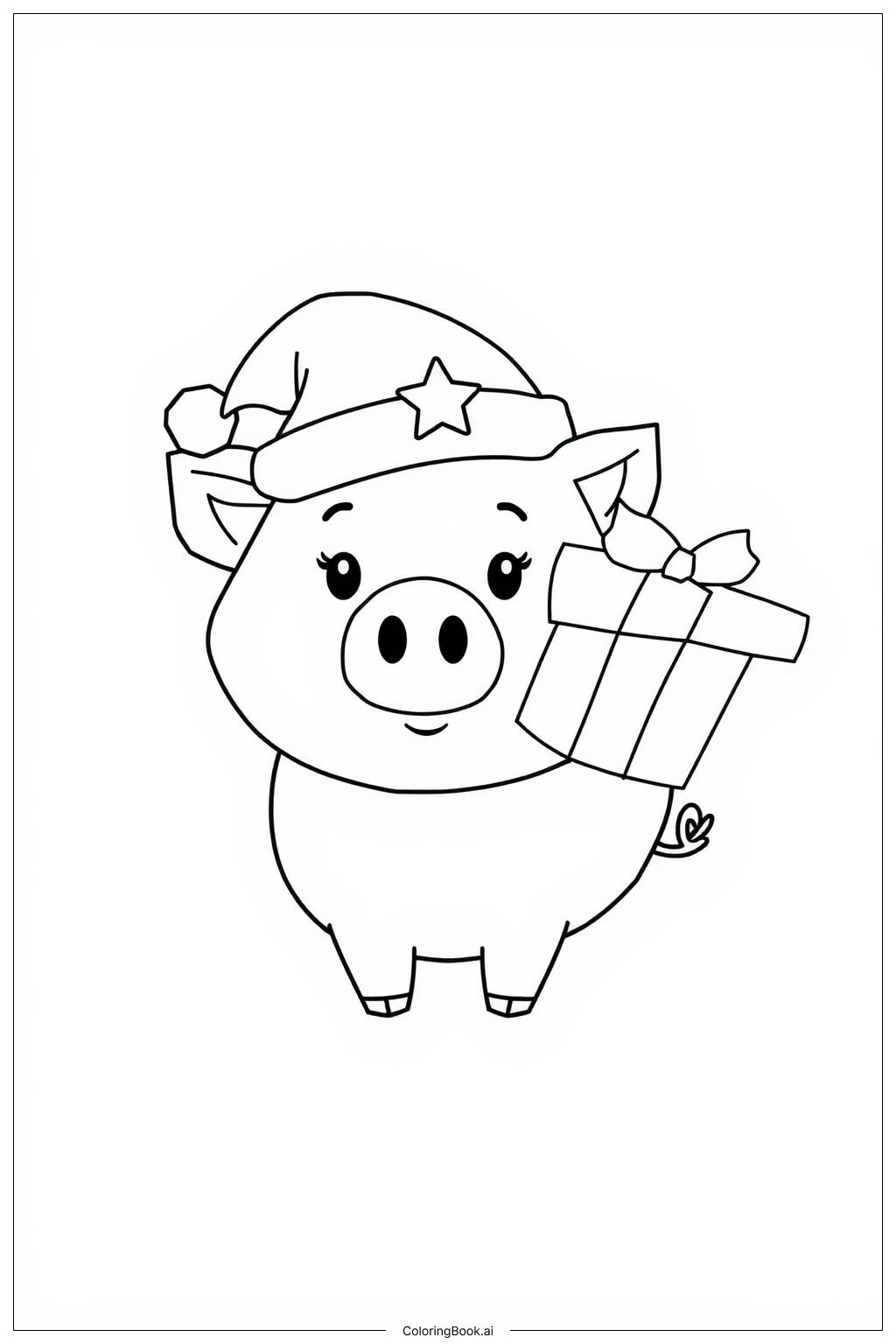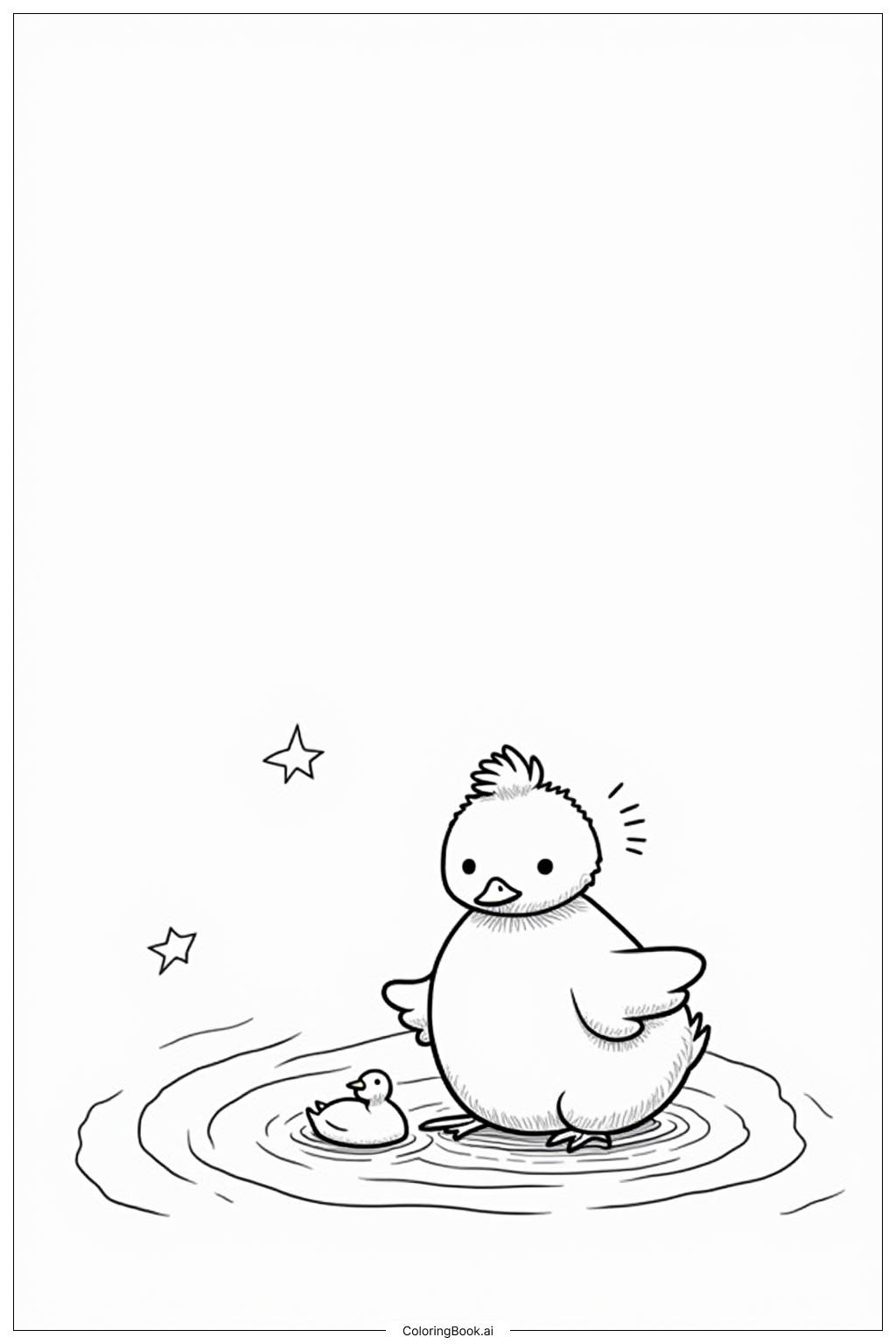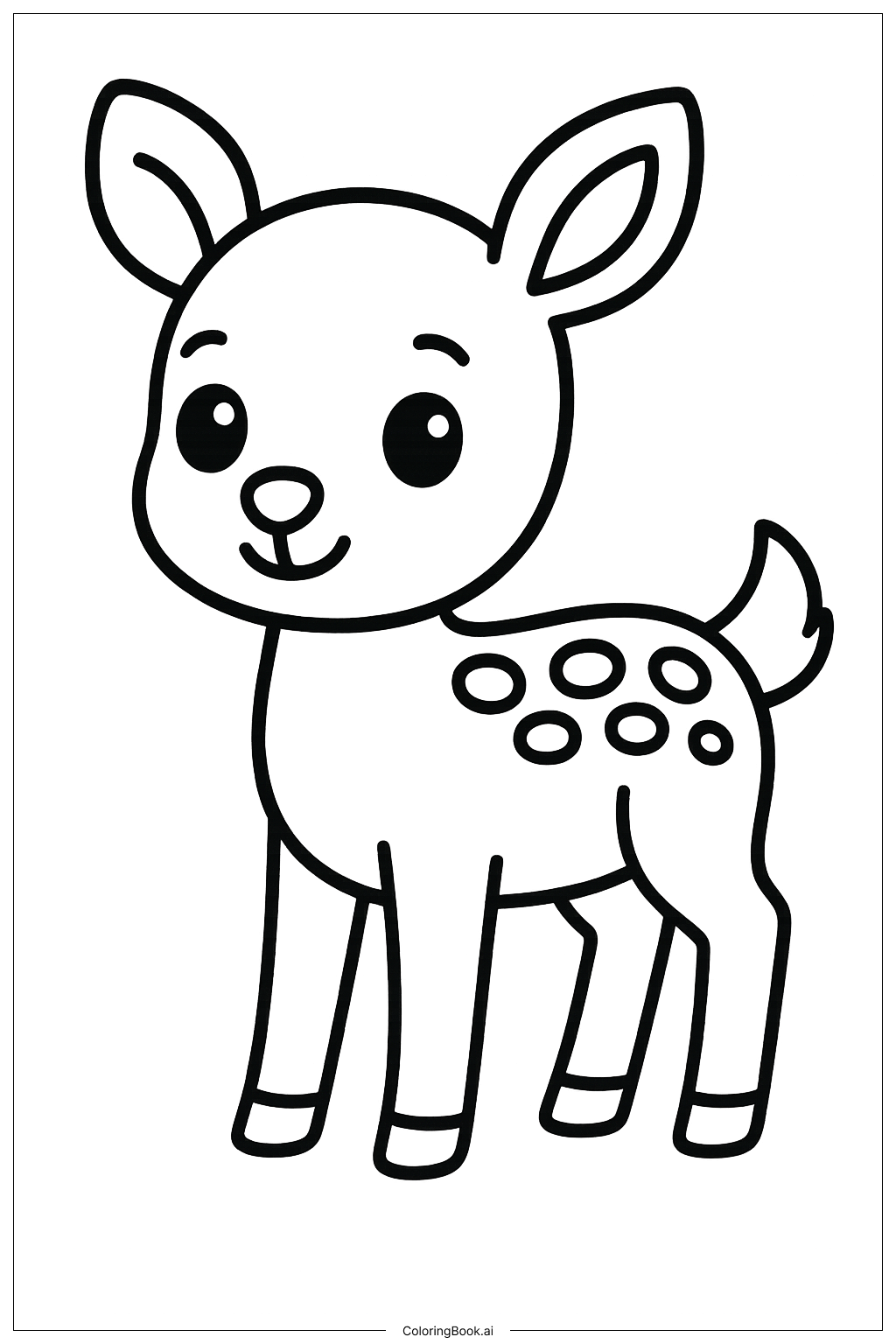Coloring tips: How to color Chubby Arctic Animals with Big Eyes coloring page well?
Use soft pastel colors or light shades to color the polar bear, such as light gray or off-white with some gentle shading to show its fluffy fur. For the penguin, use classic black and white with bright orange or yellow for the feet and beak to make it lively. The seal can be colored in shades of gray or light brown. Try blending colors gently to create smooth transitions and add some highlights to the eyes to make them look shiny and lively. Coloring the small details like the whiskers and nose with a slightly darker shade will add depth to the picture.
Coloring challenges: Which parts are difficult to color and need attention for Chubby Arctic Animals with Big Eyes coloring page?
1. The large areas of the animals can be tricky to color evenly without leaving white spots or marks. Be patient and use smooth, even strokes. 2. Coloring the tiny details like the nose, eyes, and whiskers requires careful attention to avoid going outside the lines. 3. Blending colors smoothly on the round and chubby shapes might be challenging, especially for younger children. 4. Making the eyes look shiny and bright can be difficult without damaging the small white highlights. 5. Deciding on colors to make each animal realistic yet fun can require some creativity and planning.
Benefits of coloring books: Advantages of drawing Chubby Arctic Animals with Big Eyes coloring page
Coloring this page helps improve focus and attention to detail, as children take care to stay within the lines and color small features. It also encourages creativity through choosing colors and shading styles. The fun and friendly animal shapes can reduce stress and make coloring enjoyable. Working on this picture develops fine motor skills by using controlled movements to color different sized areas and details. Lastly, it helps children learn about Arctic animals in a playful and memorable way.
